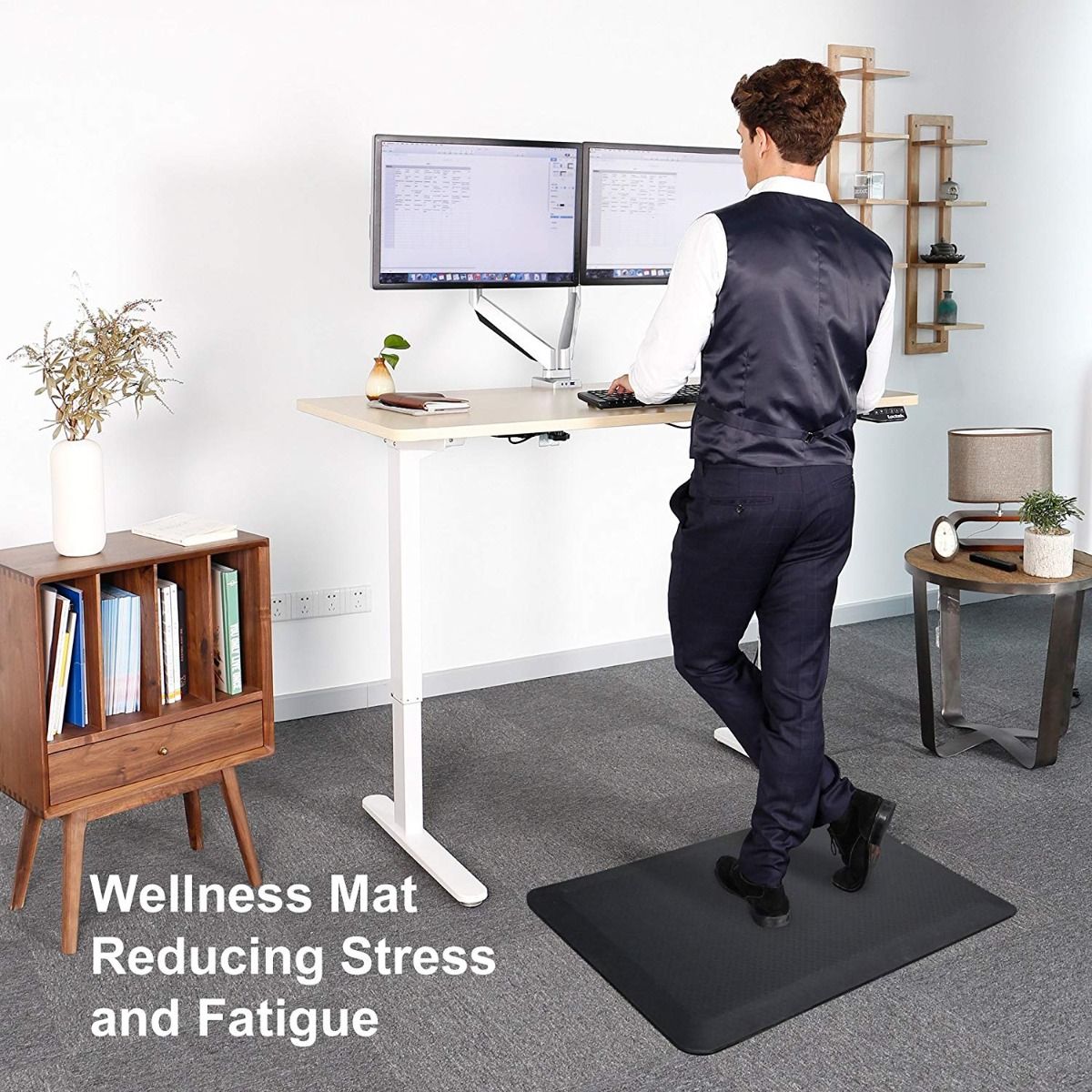Work and leisure are more interconnected than ever before, partly to an upsurge in working from home and a growing reliance on technology. As a remote worker, you may not have the same physical distinctions of time or space as if you worked in an office. Your daily commute becomes a stroll to the next room over in your pyjamas. And once you’re in that productivity mode, you may discover it’s already end-of-shift, and you missed to have lunch yet again. Perhaps you’re working at home with housemates or without a babysitter, and concentrating isn’t easy. These continual distractions and interruptions can make getting work done daily incredibly challenging.
Working from home has several advantages, like autonomy, a workspace tailored just for you, more time in the day since you don’t have to commute, and the option to prepare a delicious lunch that can never survive the company microwave. Working from home is vital for some individuals because it helps them maintain a sense of balance in their lives, particularly when it comes to spending more time with partners, family, or friends. Working from home, though, means that the job may quickly infiltrate your home and cause you to feel completely out of control.
Burning Out
While employees complain about commuting, it frequently generates clear start and finishes times that do not exist in working remotely, causing us to work the whole day. When we’re at work, we meet with other people for lunch when we see them, but we skip it totally when we’re alone. It is more difficult to appear active and engaged when we work at home, so we counteract by being always online. Recognizing this inclination is a critical first step toward establishing appropriate remote work parameters and preventing burnout. Remote employees must be very diligent in setting limits around work hours, not finding themselves working or showing up for work at all day hours.
Managing complex work-life boundaries, according to research, can lessen role conflicts and promote the well-being of individuals, teams, and businesses. It can also help to alleviate stress, avoid burnout, and improve physical and mental health. The frequent use of social media and technology is one of the critical causes of blurred work-life boundaries. Remote work offers more freedom in the routines and lifestyles of workers all over the world. However, most of us face challenges to unplug from work, step away from our computers, and draw a clear line between our physical and digital lives. To stay focused and pleased when working from home, you’ll need to establish specific home office rules and practices.
Create and stick to a routine
As a remote worker, you no longer have to suffer the typical commute to the office in your car or on public transit. Nonetheless, you must continue to imitate the start and finish of your workday. It is up to you to develop your own routine; however, here are some examples:
Turn off your devices and prepare for rest and sleep by practising mindfulness or reading a book.
Every morning, commence your day with a sweat workout by running or getting active by walking and playing with your dog.
By developing a daily to-do list or planning your meals ahead of time, you can avoid making the same decisions over and over.
Begin with breakfast, shower, do your hair or makeup, dress for work, and/or take some vitamins.
Set hours
Flexibility is a fundamental benefit of working at home, and no one is claiming that your hours must be the standard 9-5 that you’d find in a typical workplace. Even if you enjoy working from 9:00 a.m. to 12:00 p.m., take a break, and then resume work at 3:00 p.m., it’s a great way to put that in your calendar—and adhere to it. Or else, it’s too simple for work to infiltrate your personal life. On whatever calendar you use, schedule personal and working hours, as well as a good night’s (or day’s) sleep. If you don’t usually work during standard business hours, schedule a few hours of work time during the day that you may use for meetings with clients.
Have boundaries with your boss and co-workers
Disabling email and work alerts is a simple but essential aspect. Your manager will not tell you to be doing these things; you must do them yourself. You should not be available 24 hours a day, seven days a week. Your boss and colleagues most likely did not intrude on your personal life intentionally. They’re presumably all on various schedules, and they don’t have a guideline to refer to. Be firm and more direct about it instead of being upset or annoyed with them for breaching your perimeters. The majority of individuals will be glad for the advice.
Dedicate a workspace
Allowing work to bleed into the rest of your home and life may not only damage your work performance but may also help you feel worse at home at the end of each day. Having a designated workspace, whether in a sitting room, a proper home office, or just a corner of a shared kitchen, might assist you in getting into work mode every day. When you’re finished with work, hide your laptop in a cabinet or closet, so you don’t see it and get inclined to go back to it. Begin and end your day with a practice that indicates to your mind that it is time to transition from work to home or vice versa.
When it comes to building that workspace, pamper yourself. Now that some department’s meagre funds do not bind you, go for the height-adjustable standing desk and anti-fatigue mat. The goal isn’t to replicate a corporate headquarters but rather to design one that truly works for you. If you plan oh convincing your management about getting you a standing desk, FlexiSpot is one brand you can rely on. Make it known to your manager that more and more companies allow indefinite or even permanent remote work to their employees, such as Facebook. Most of these companies provide their remote employees with standing desks to counter their highly likely sedentary lifestyles at home with a desk job. FlexiSpot may offer instalment payment plans, direct shipping and delivery to employee addresses, or extend free trial and warranty for companies and organizations interested in getting their employee's ergonomic equipment which you can find HERE!
Take breaks and have lunch
In addition to developing a consistent routine, you can establish strict boundaries in your calendar to remind you to take breaks regularly and avoid decision fatigue. After a lengthy decision-making session, decision fatigue arises, resulting in poor self-control and motivation, and reduces self-control, resulting in emotional tension, underperformance, lack of resilience, and even errors of work performance. Plan your lunch break. When you don’t have a group of teammates going out to eat, it’s easy to overlook to stop for a meal. Structure your work around your lunch hour (or other forms of feeding time).
Rest on your days off
Working on weekends or rest days is sometimes unavoidable, but having to take time off to recover may do more for your psychological health, to mention your performance and energy levels—than you may imagine. Try to find at least one day every week where you entirely disconnect from work. Do not even open emails, don’t log in, and don’t even pass by your workspace.
Time for yourself
Most people find it hard with the ‘life’ aspect of work-life balance. Plan personal activities and have many go-to activities that you like so you’ll have something particular to do with your leisure time. If you don’t have anything scheduled, you may find it simpler to return to work needlessly. A fulfilling life is made up of passions, events, and positive social relationships. You can try time-blocking in your private time if you practice it with your routine. Suppose you have particular interests and hobbies; set up a time for them to be highlighted and fulfilled in your schedule. When you have a looming deadline or need to assist a co-worker, it can be tempting to neglect your activities to be perceived as a team player or efficient worker.
By setting and sticking to firm boundaries with yourself, your friends and family, and your co-workers, you’ll bring less stress and more pleasure into your life, and you’ll experience more moments of real work-life balance.



